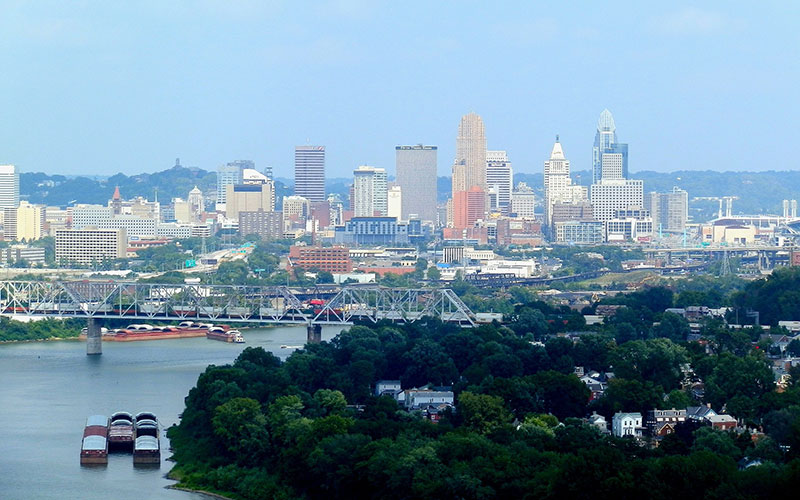By Rebecca Turner, chief strategy officer

American Forests was the first national organization to speak for America’s most overlooked forests — our urban forests — dating back to early organizing efforts in 1882.
One of our key accomplishments to benefit urban forests was leading the establishment of the U.S. Forest Service’s Urban and Community Forestry program in 1990. This program has regularly funded the establishment of urban forest programs across America, including through American Forests’ Community ReLeaf program.
So it raised serious alarm at American Forests when the President’s FY2018 Budget proposed eliminating this vital program — the only federal program solely dedicated to our nation’s urban forests. In our role as the Policy Co-Chair for the Sustainable Urban Forests Coalition, we mounted an immediate defense of the program, working with supportive lawmakers from both parties, including Senator Patrick Leahy (D-VT) and Representative David Joyce (R-OH).
Last week we got the tremendous news that our efforts were successful — funding for Urban and Community Forestry will continue at an even higher level than in the last fiscal year. Quite a reversal of fortune!
Specifically, Congress finally passed the FY2018 omnibus appropriations bill funding the federal government until September 30, 2018. The Urban and Community Forestry program received an increase of $28.5 million, something we have not seen for this program since before 2013.
While an increase is something to be pleased about, this is actually a huge win for all of us that care about the trees where people live. Consider what the American people get for this investment of our tax dollars:
- Urban trees can reduce respiratory diseases and skin cancer, and can create stronger social connections in communities by giving residents beautiful public places to congregate.
- Trees are a front-line defense for urban air pollution and have been shown to remove over 650,000 tons of pollution per year in the US.
- Urban trees can reduce obesity by promoting an active lifestyle and can provide multiple mental-health benefits.
- Economically, trees improve business performance, create jobs, and provide shade and windbreaks that save money by reducing energy costs.
- Urban trees can help manage stormwater flow which reduces erosion and keeps roadways clear. Urban forest systems can also filter pollutants out of water which reduces the need for water treatment.
Not only do urban forests have positive local impacts, they also have far-reaching effects on the global climate and climate change. America’s urban forests sequester almost 100 million metric tons of carbon dioxide from our atmosphere each year — that is almost 2 percent of U.S. annual carbon emissions! Maybe even more importantly, urban trees and forests reduce energy use by 7.2 percent through moderating our environment in extreme hot and cold weather. This saves consumers more than $7 billion per year and avoids massive carbon emissions from energy production to serve these homes. (Learn more about urban forests at the Vibrant Cities Lab!)
American Forests and our community-based partners in cities like Detroit, Miami, Houston and elsewhere will all benefit from the resources through the Urban and Community Forestry program. Those dollars will translate to real change on the ground: More people able to lead this work, and a growing urban tree canopy that is better cared for.
We give special thanks to American Forests’ Forest Advocates. Thank you for voicing your support for this important investment in our communities. More to come as we continue to build support and look to expand this program in future years.